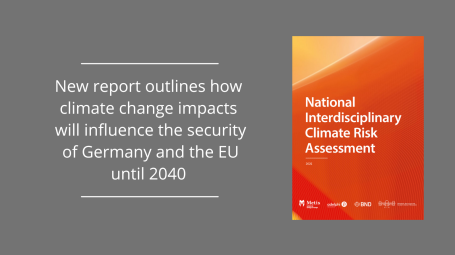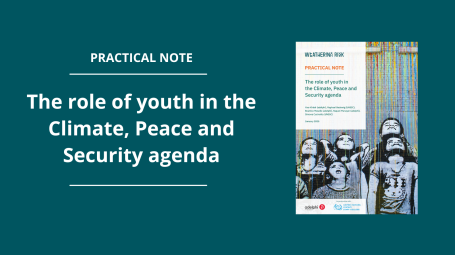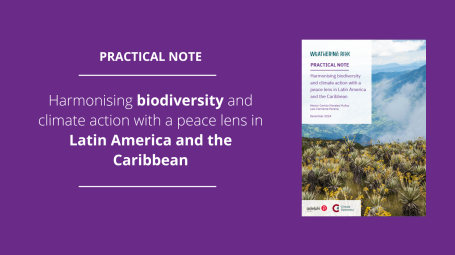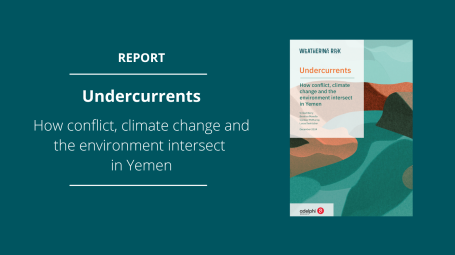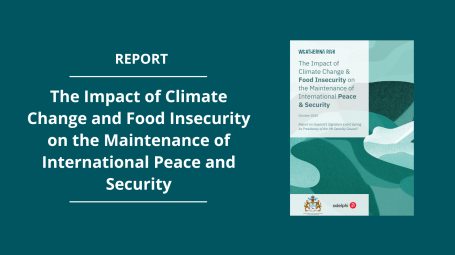-
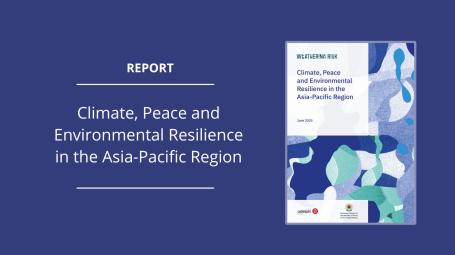
Climate, Peace and Environmental Resilience in the Asia-Pacific Region
From rising sea levels to intensifying competition over natural resources, climate change is posing critical threats to peace, stability and development across the Asia-Pacific region. Despite increasing climate-related security risks, international discussions have often overlooked the region’s experiences and expertise. This report seeks to address that gap. -
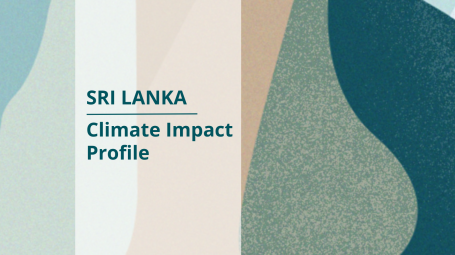
Climate Impact Profile: Sri Lanka
Sri Lanka is particularly vulnerable to the impacts of climate change. This profile provides an overview of climate trends for short-term (2020-39) and medium-term time periods under both higher emissions (SSP3-7.0) and lower-emission (SSP1-2.6) scenarios and their impacts across different sectors. -
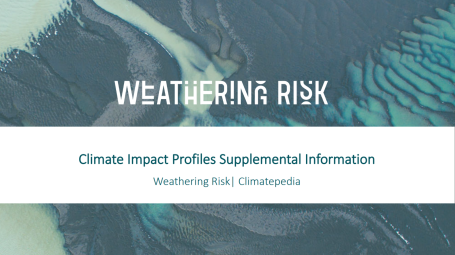
Climate Impact Profile Supplementary Information
These profiles provide forward-looking data on a region's climate – including projected parameters under various emission scenarios across key sectors – with the goal of supporting resilience-oriented short and long-term planning. The following resource serves to elaborate upon the data sources and methods mentioned in Climate Impact Profiles for technical users. -
The Future of UN Peacekeeping in a Changing Climate
Climate change creates significant challenges for UN peacekeeping operations and increases the urgency and complexity of maintaining peace and security in fragile settings. The links between climate change, conflict and peace are becoming increasingly evident, as climate impacts exacerbate resource competition, destabilise communities, and fuel tensions. This policy paper provides recommendations for integrating climate change considerations into UN peacekeeping missions. -
Germany's National Interdisciplinary Climate Risk Assessment (Nationale Interdisziplinäre Klimarisiko Einschätzung)
What risks does the climate crisis pose to Germany's national security? Authored by a consortium comprising Germany's federal intelligence service and leading scientific institutions, including adelphi research, this document is the first comprehensive strategic assessment of climate risks to German national security. -
The role of youth in the Climate, Peace and Security agenda
This practical note provides a synthesis of the discussions that took place on the sidelines of the Berlin Climate and Security Conference 2024. It makes the case for the centrality of the meaningful participation of youth in the Climate, Peace and Security agenda. It outlines challenges, emerging good practices and recommendations for the UN system, member states, donors, researchers and practitioners. -
Harmonising biodiversity and climate action with a peace lens in Latin America and the Caribbean
Biodiversity conservation plays a crucial role in addressing the challenges climate change and environmental degradation pose to human security and peace. This practical note explores how these agendas intersect in Latin America and the Caribbean, one of the world's most biodiverse regions. The document summarises the discussions held at BCSC-Cali during the past UN Convention on Biological Diversity (COP 16) in Colombia, including key highlights and priority action areas for various stakeholders. -
Undercurrents: How conflict, climate change and the environment intersect in Yemen
Undercurrents examines the complex relationship between war, increasing climate-related hazards and environmental degradation in Yemen that are undermining security and driving further conflict, particularly at the local level. Undertaken in collaboration with the European Institute of Peace, the assessment highlights why climate and environmental action must be part of Yemen’s conflict mitigation and peacebuilding processes at different levels. -
The Impact of Climate Change & Food Insecurity on the Maintenance of International Peace & Security
Conflict, climate extremes and economic shocks are fueling an unprecedented food crisis. This report summarises the UNSC High-level Open Debate on climate change, food insecurity and the maintenance of international peace convened by Guyana. It dispells common myths and proposes operative measures for the wider UN system, international organisations, Member States and civil society.



